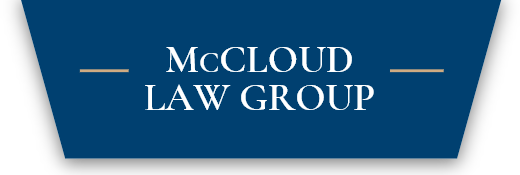
Common Bankruptcy Terms
Bankruptcy is designed to protect individuals, small businesses, and corporations from being overwhelmed by debt. The process involves reorganization and restructuring of debt so that a significant portion of it is discharged (“forgiven”), and the remainder is repaid at a lower rate. Bankruptcy is designed to enable an individual or company to continue to function and prevent ongoing harassment from creditors. The two basic types of bankruptcy are liquidation and reorganization.
Discharge in Bankruptcy
There are several types of discharge in bankruptcy, but not all debts are able to be discharged. A secured creditor may enforce a lien to recover property secured by a particular loan, such as an automobile or a house. If the debtor wants to retain such property, payments must be paid to these creditors. Also, while many debts can be discharged, and the debtor who declares bankruptcy can be protected from harassment by most creditors, there are other debts that are deemed to be be non-dischargeable, including, taxes, penalties, fines, college loans, and child support and alimony payments.
Types of Bankruptcy
The various types of bankruptcy are named for the chapters of the U.S. Bankruptcy Code in which they are defined. . The two most common forms of bankruptcy filed in the U.S. are Chapter 7 and Chapter 13, and bankruptcies under these chapters are typically filed by individuals or couples. On the other hand, a Chapter 11 bankruptcy is usually filed by businesses.
Chapter 7 bankruptcy is also referred to as a liquidation because under this process the bankruptcy trustee can takes charge of, and sells, some of debtor’s property to pay back a portion of the accumulated debt. Chapter 7 bankruptcy is designed to relieve the debtor of unsecured debts, such as credit card and medical bills. In order to qualify for Chapter 7 bankruptcy, however, the debtor must have little or no disposable income. This means that if you earn too much money, you cannot apply for this type of protection. Chapter 7 bankruptcy, therefore, is usually helpful to low income debtors with few assets, and typically discharges debts within 3 to 5 months.
Chapter 13 bankruptcy, unlike Chapter 7, is a form of reorganization of debt. This filing is designed to assist debtors with regular income who can repay at least some portion of their debts through a structured repayment plan. While many debtors, because of their elevated income or asset level, find it necessary to file Chapter 13, there are also other advantages such as the ability to catch up on delinquent mortgage payments. Debtors who file for Chapter 13 are permitted to keep all of their assets as long as they make structured payments to pay off their non-dischargeable debts. Chapter 13 bankruptcy plans are usually completed within a period of 3 to 5 years.
Although the vast majority of debtors seeking individual relief from debt file for Chapter 7 or Chapter 13, there are a number of other types of filings used for various purposes. The most common of these is Chapter 11 bankruptcy.
Chapter 11 Bankruptcy is another type of bankruptcy reorganization available to individuals, corporations and partnerships. Where Chapter 13 bankruptcy limits the amount of debt that can discharged, chapter 11 does not. Therefore, Chapter 13 is typically used by business
